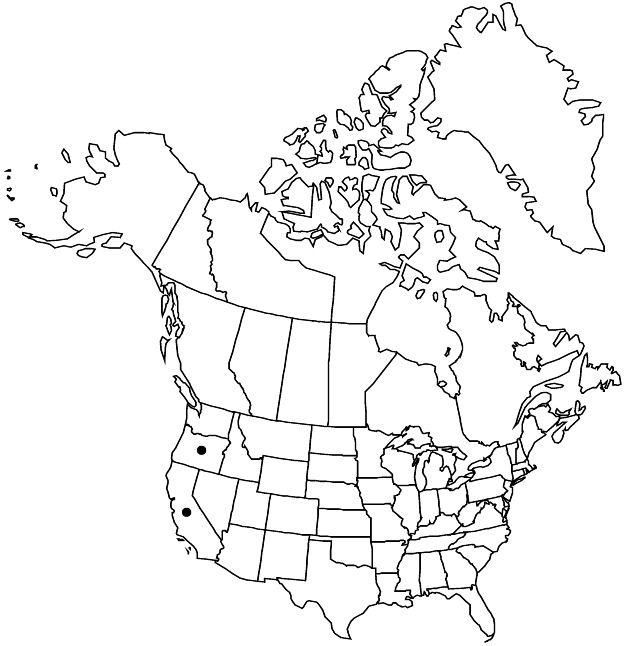Malva arborea
Hist. Nat. Îles Canaries 3(2,1): 30. 1836.
Herbs, biennial or perennial, or subshrubs, 1–3 m, stellate-tomentose. Stems erect, base usually woody. Leaves: stipules deciduous, ovate, 4–5 × 2–3 mm, papery, apex acute to obtuse, sparsely stellate-hairy and ciliate; petiole longer than blade; blade rounded, shallowly and unequally 5–7(–9)-lobed (lobes obtuse), 5–20 × 5–20 cm, base cordate, margins crenate, apex obtuse to rounded, surfaces densely soft stellate-hairy especially abaxially. Inflorescences axillary, flowers in fascicles. Pedicels jointed distally, 0.5–1 cm, not much longer in fruit; involucellar bractlets connate in proximal 1/3, adnate to calyx, lobes broadly ovate to round, 8 × 5–6 mm, longer than calyx, margins entire, apex acute or obtuse, surfaces stellate-hairy. Flowers: calyx 3–4 mm, not much enlarged in fruit, densely stellate-canescent; petals rose to lavender with 5 darker veins, dark purple basally, 15–20 mm, length 4–5 times calyx, apex emarginate; staminal column 8–10 mm, glabrous proximally, stellate-hairy distally; anthers purplish; style (6–)8(or 9)-branched; stigmas (6–)8(or 9). Schizocarps 8–10 mm diam.; mericarps (6–)8(or 9), 4–5 mm, margins sharp-angled, apical surface and sides ridged, surfaces glabrous or hairy. Seeds dark brown, 3 mm. 2n = 36, 40, 42, 44.
Phenology: Flowering Apr–May(–Sep).
Habitat: Disturbed areas, coastal bluffs, dunes
Elevation: 0–200 m
Distribution

Introduced; Calif., Oreg., Europe, introduced also in Mexico (Baja California), Africa (Libya), Atlantic Islands (Canary Islands), Pacific Islands (New Zealand), Australia.
Discussion
Malva arborea is infrequently cultivated as a garden ornamental. It is traditionally placed in Lavatera and has three prominent, spreading, rounded, earlike involucellar bractlets and inconspicuous sepals.
Selected References
None.